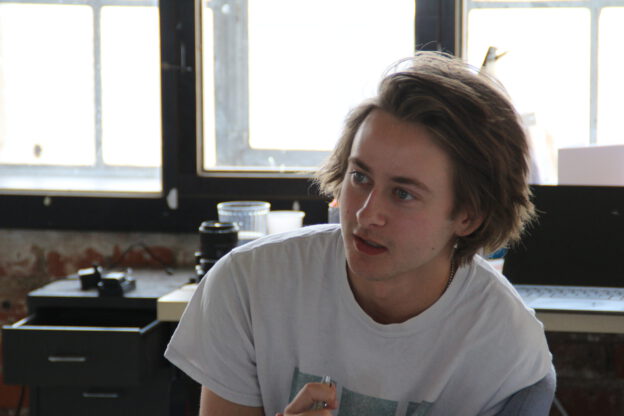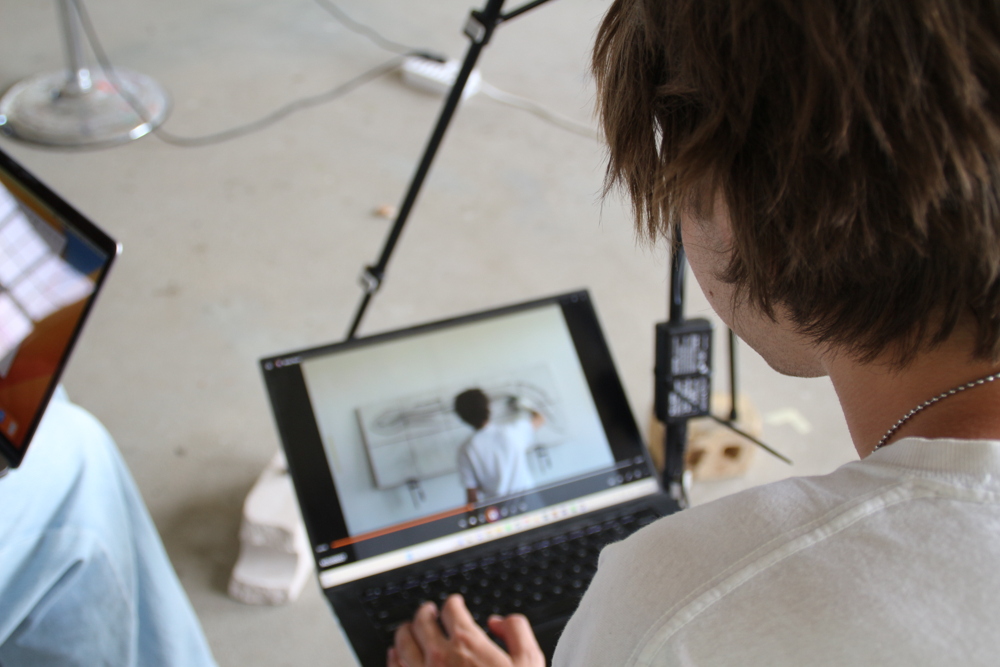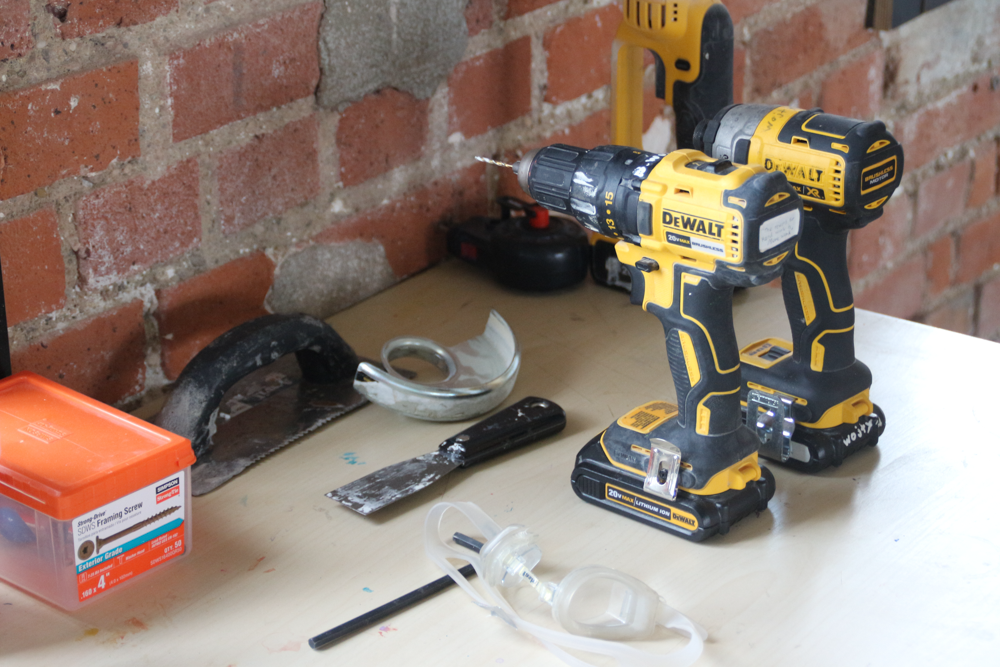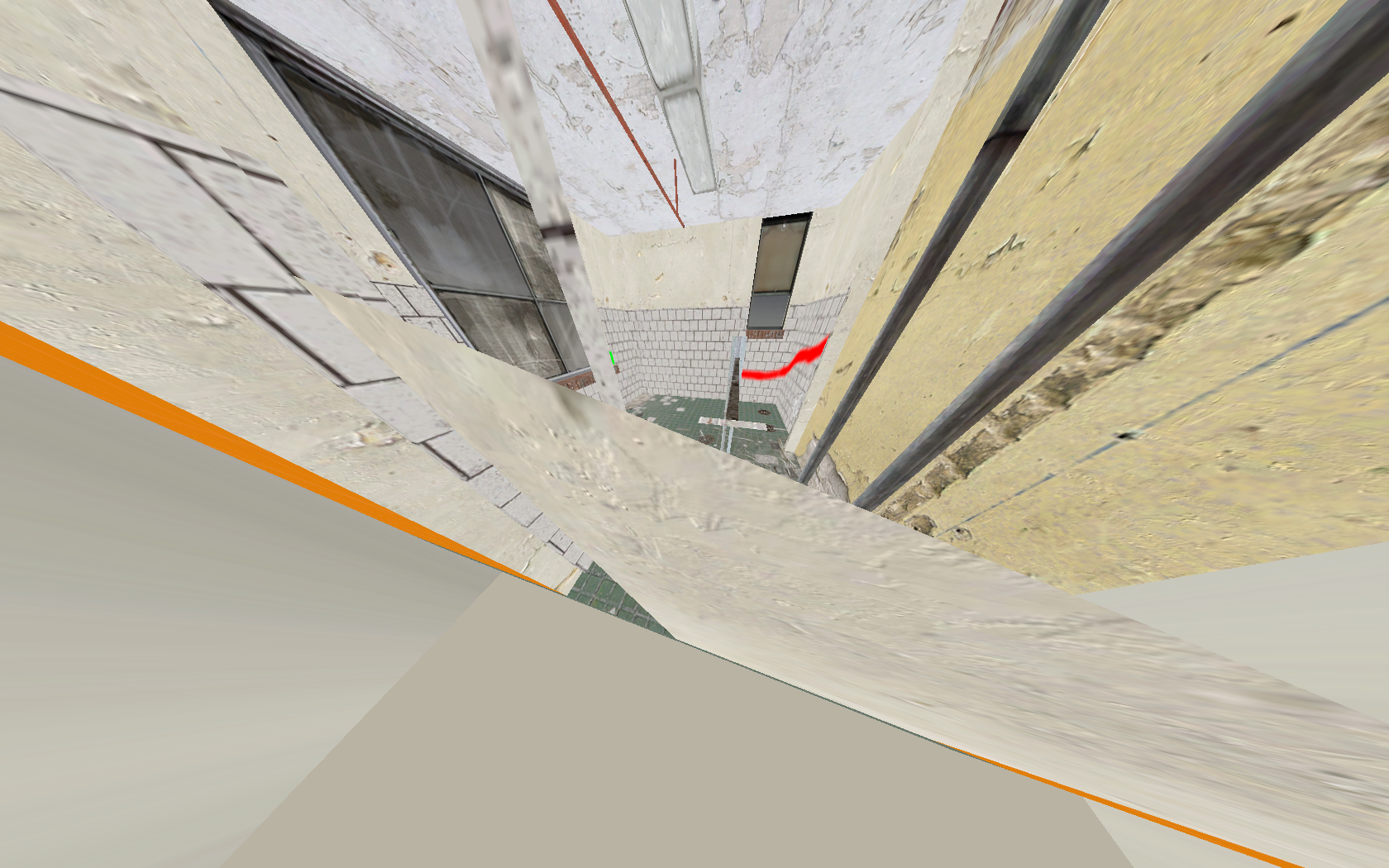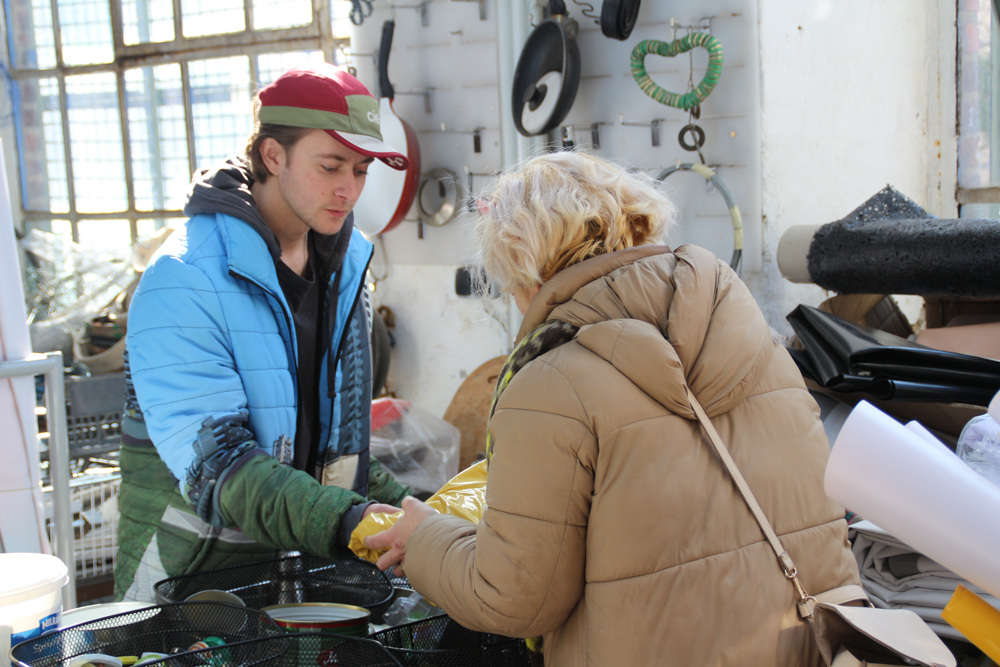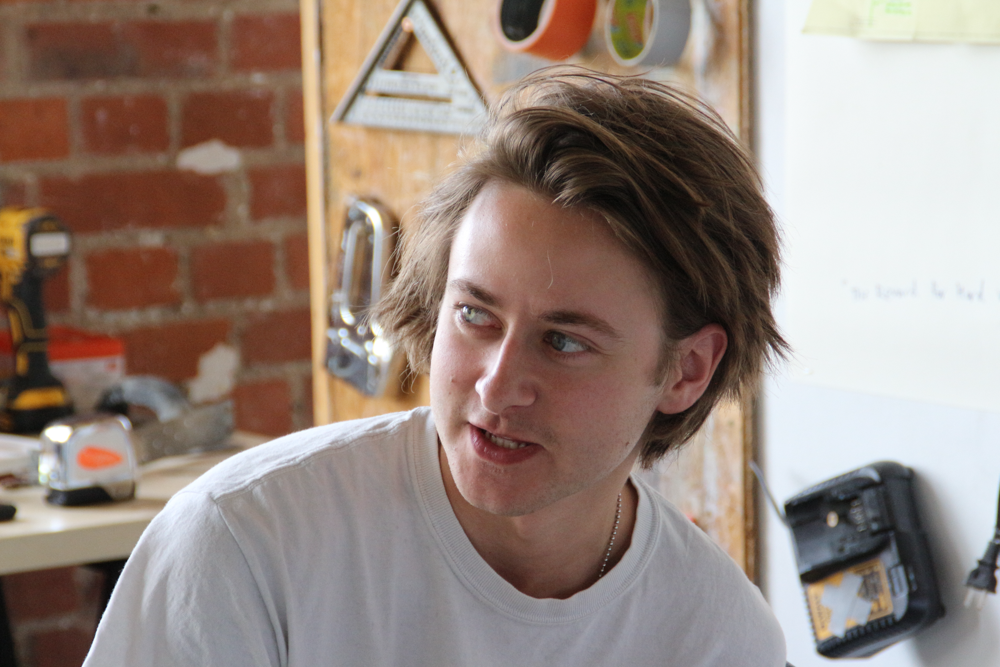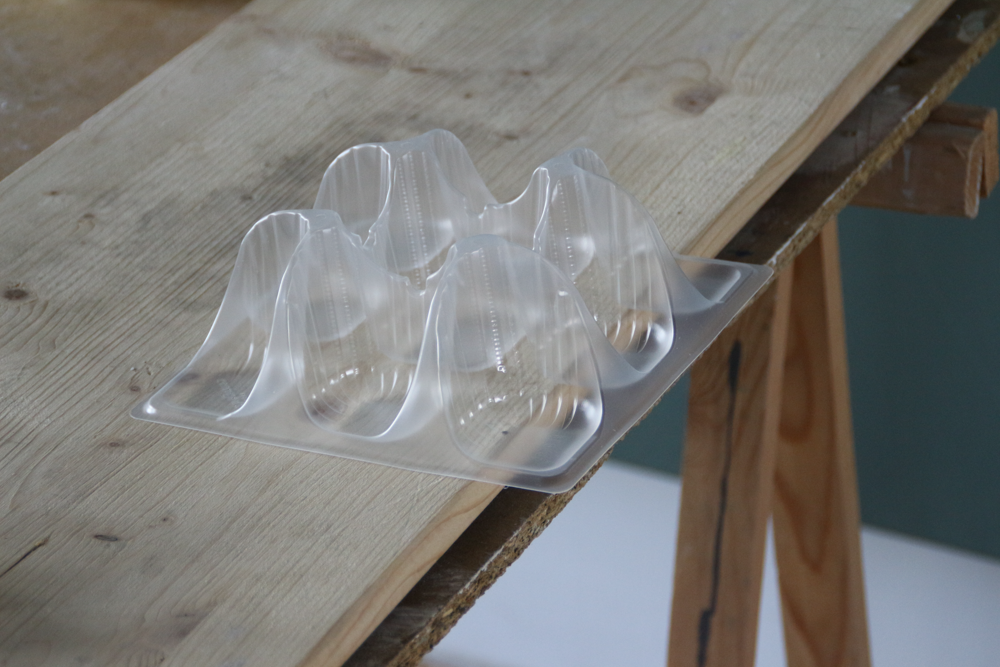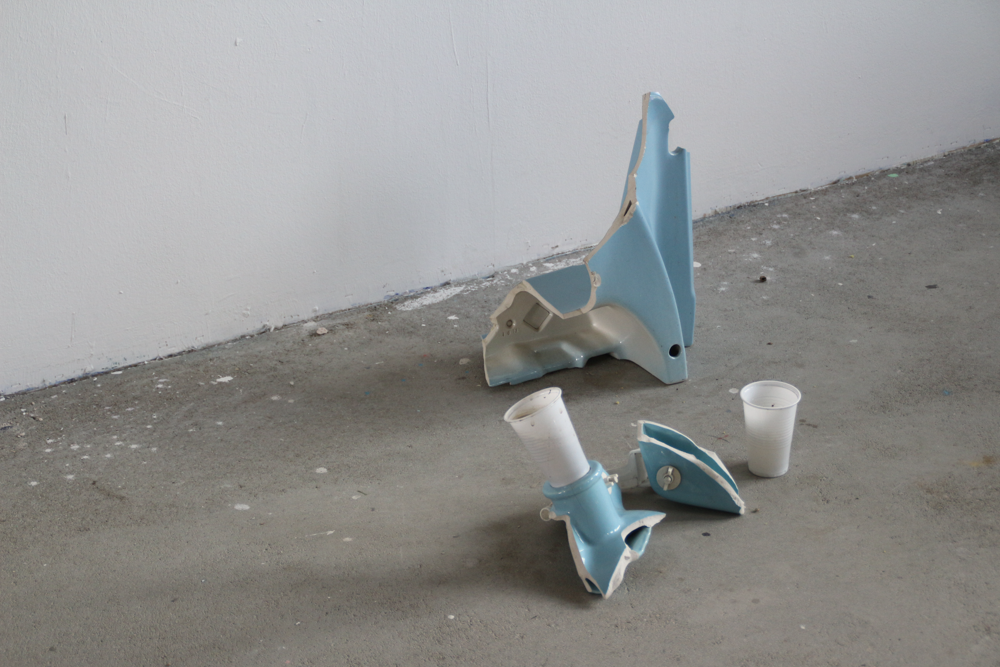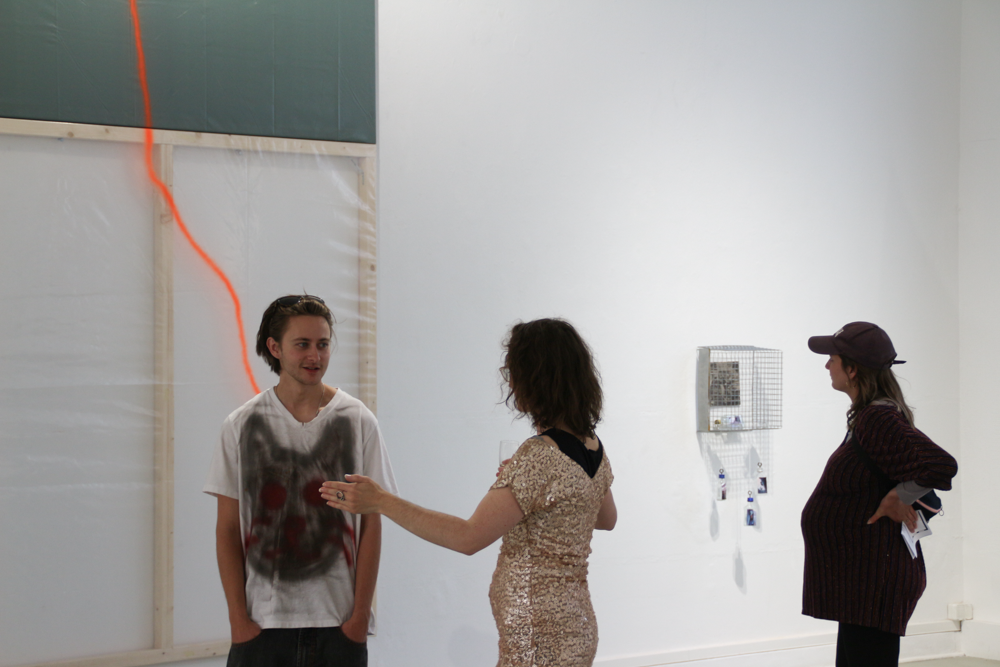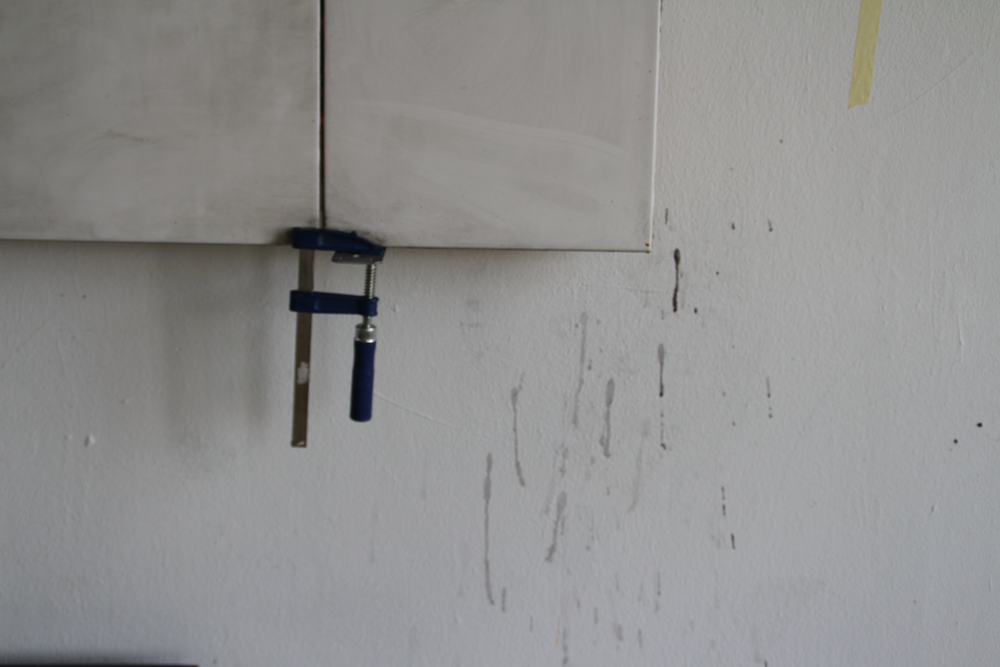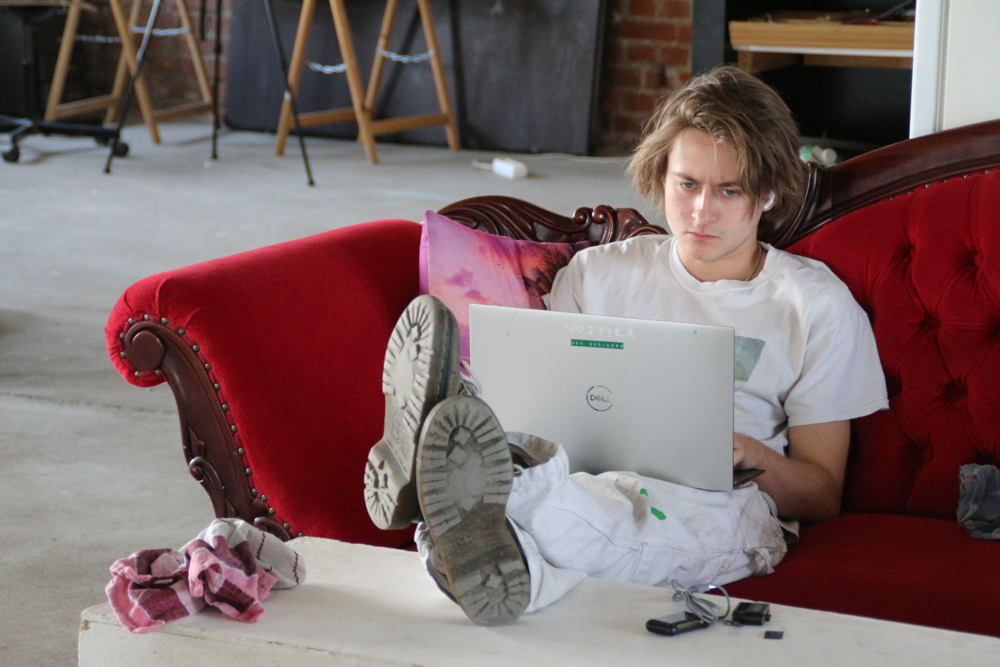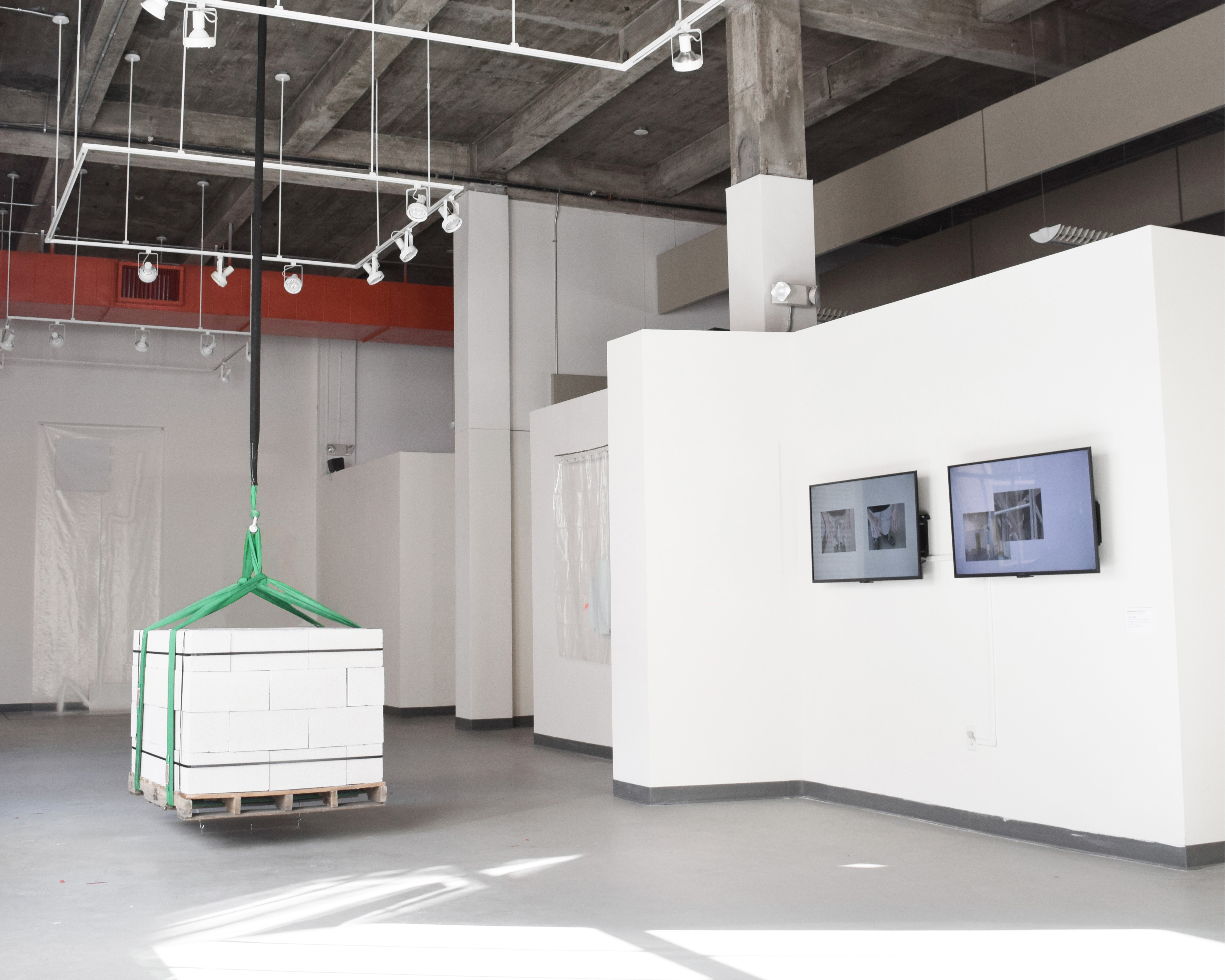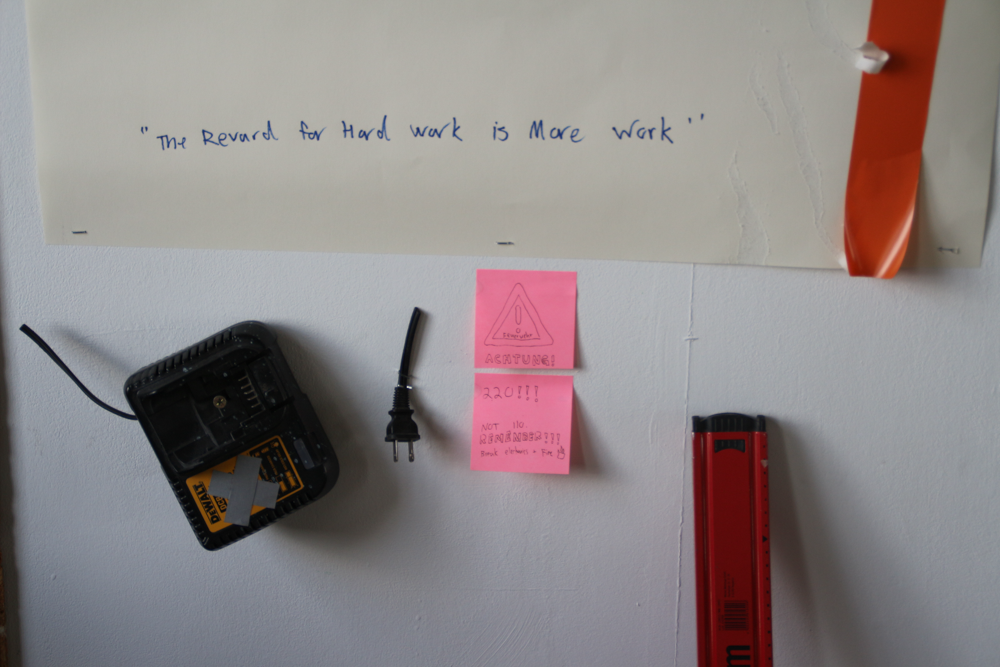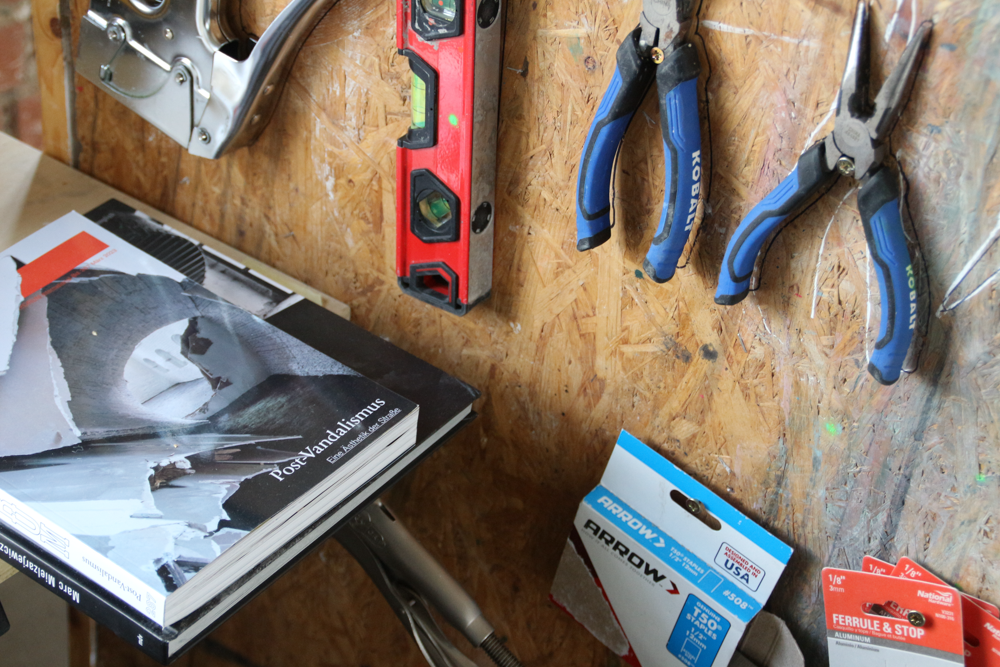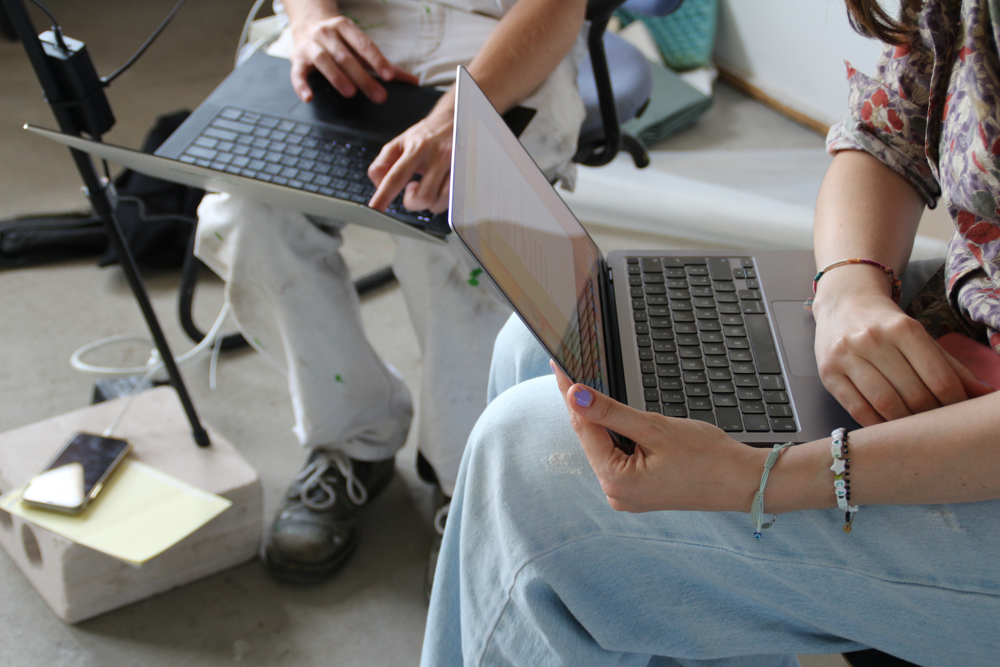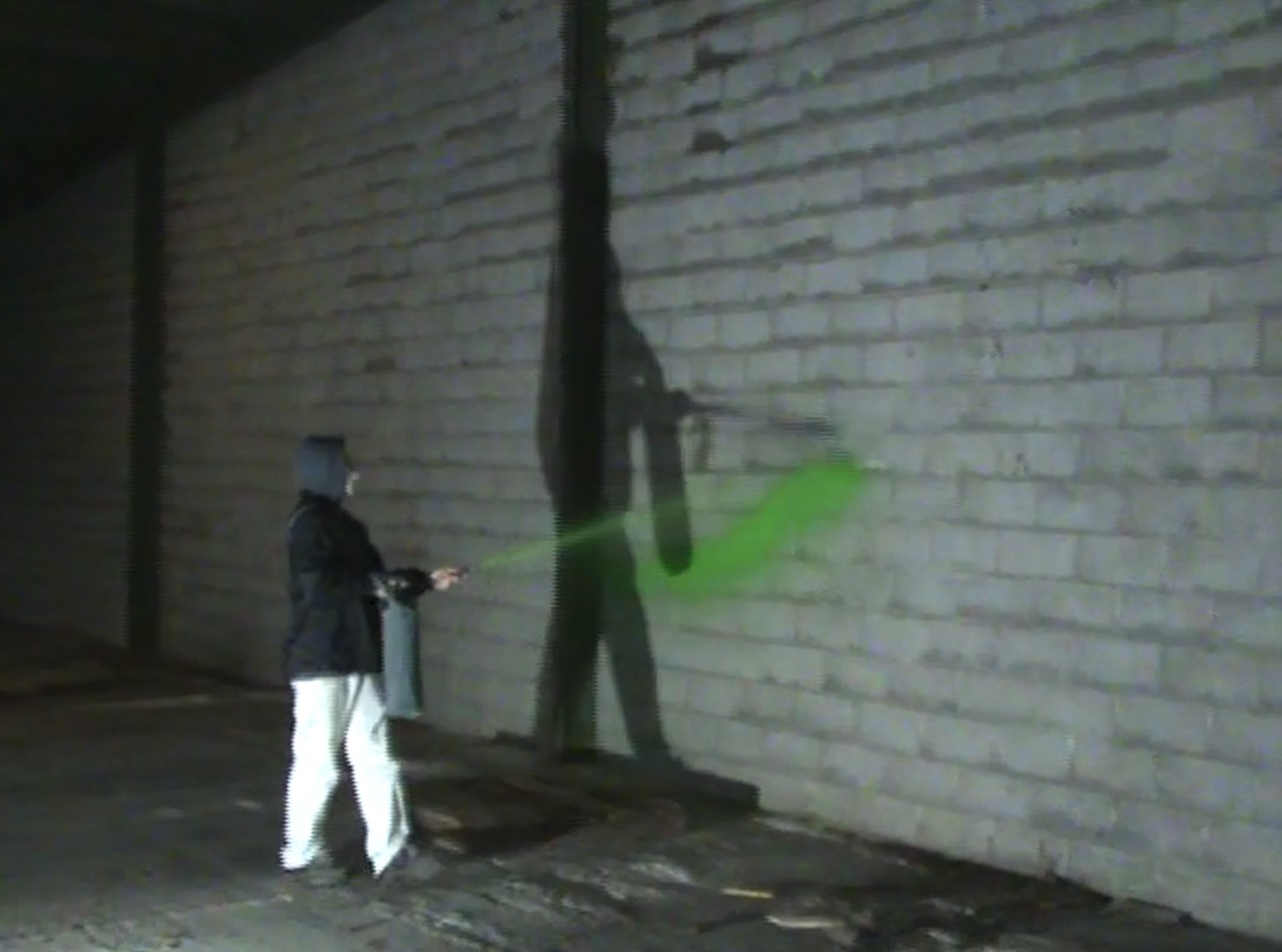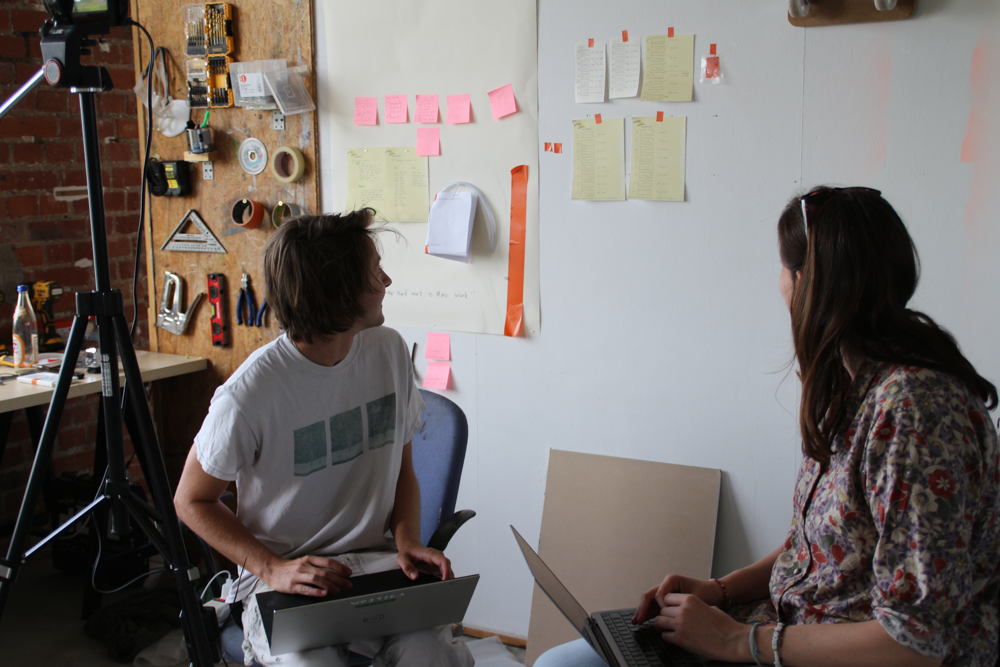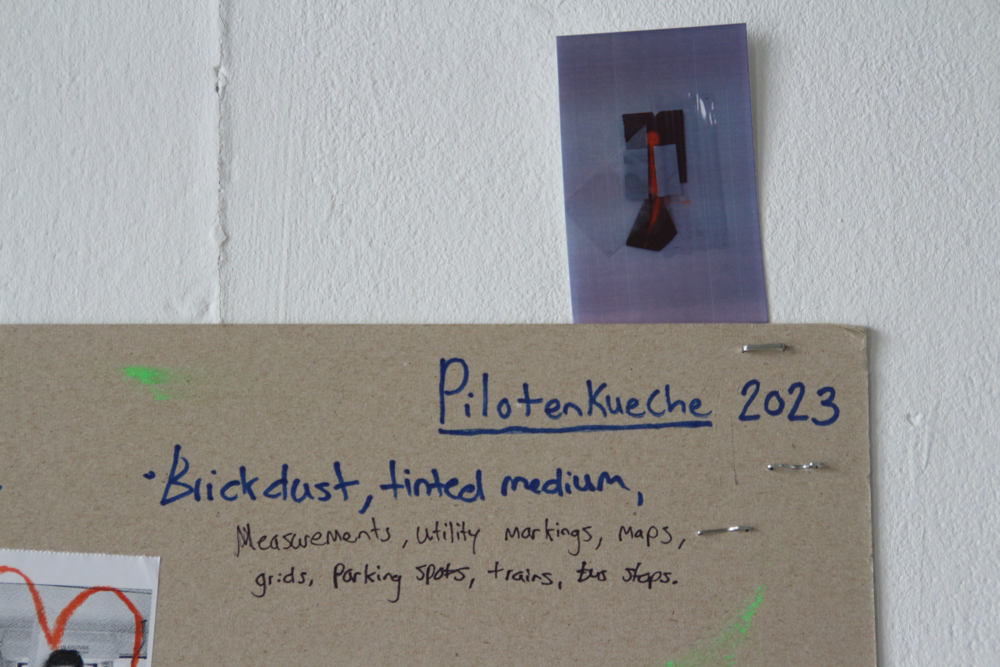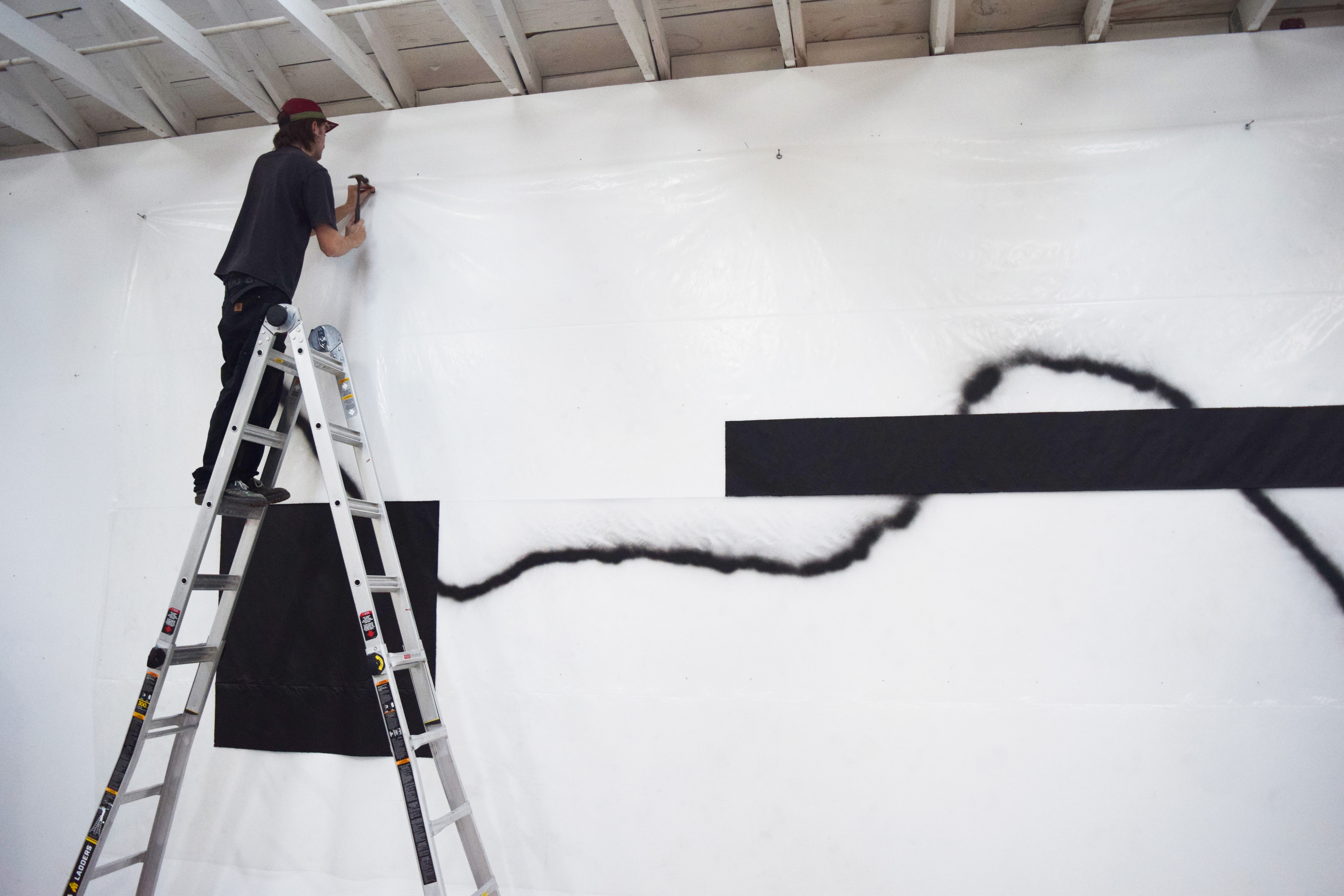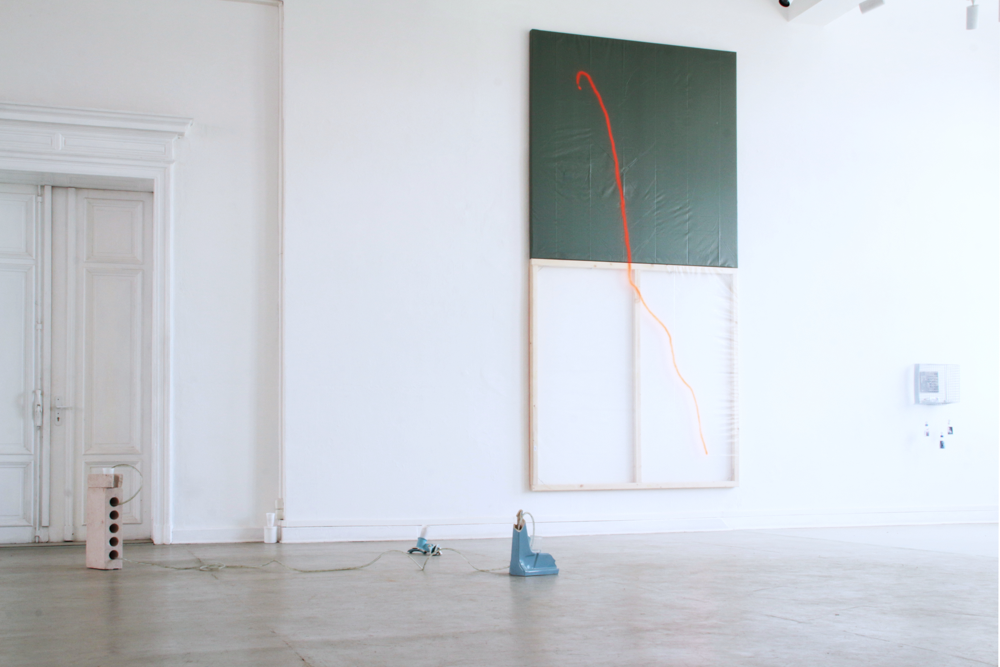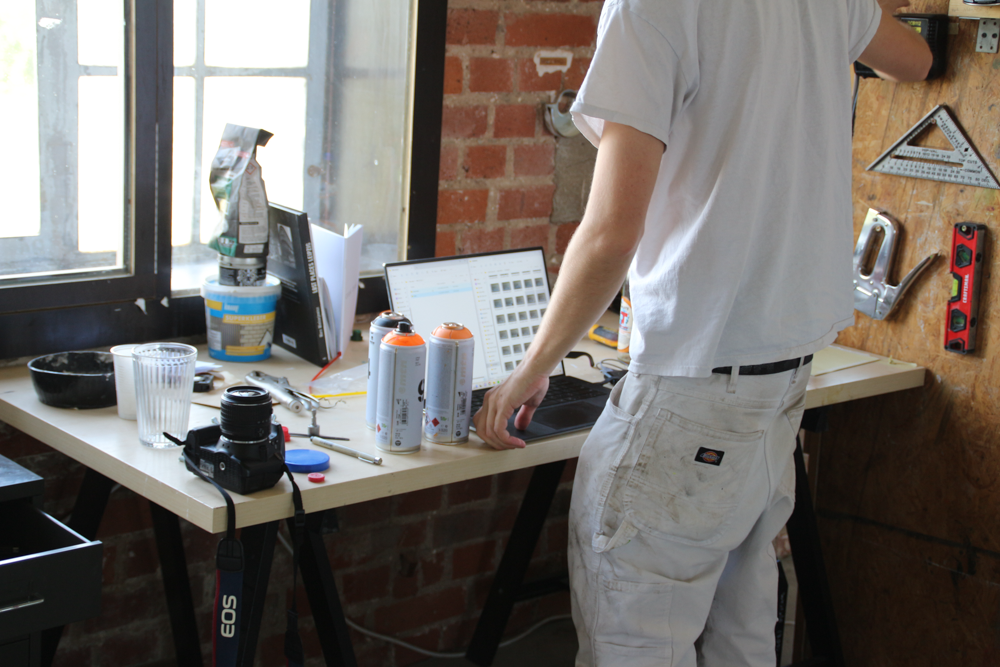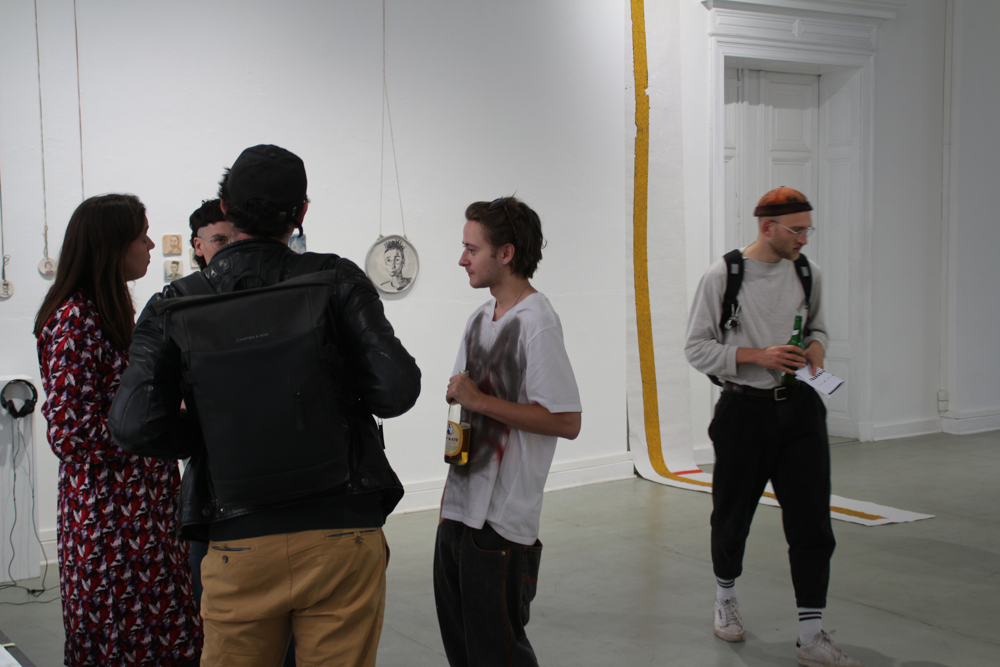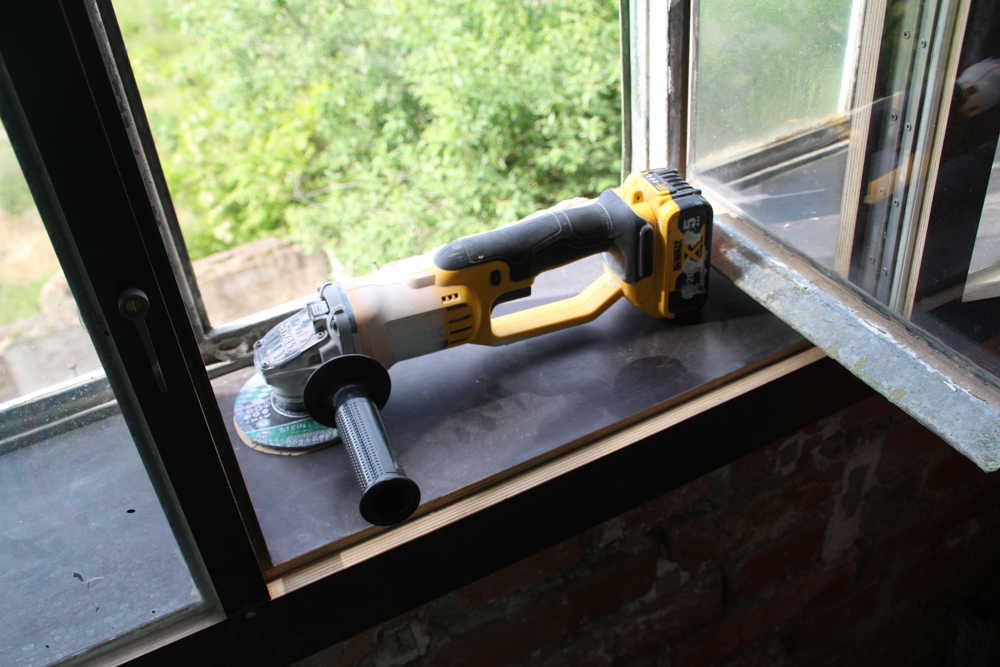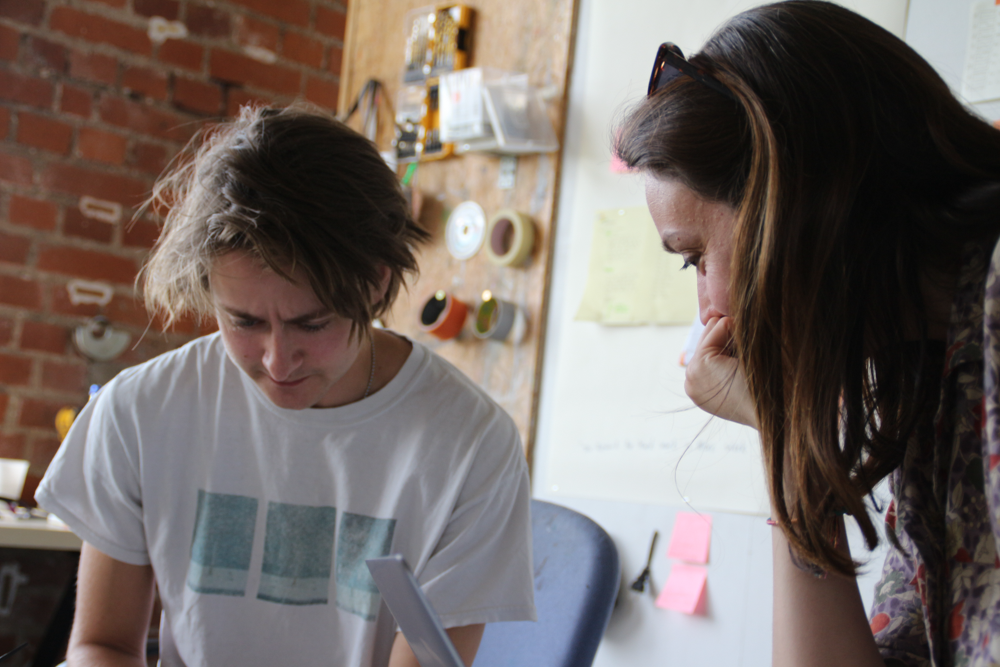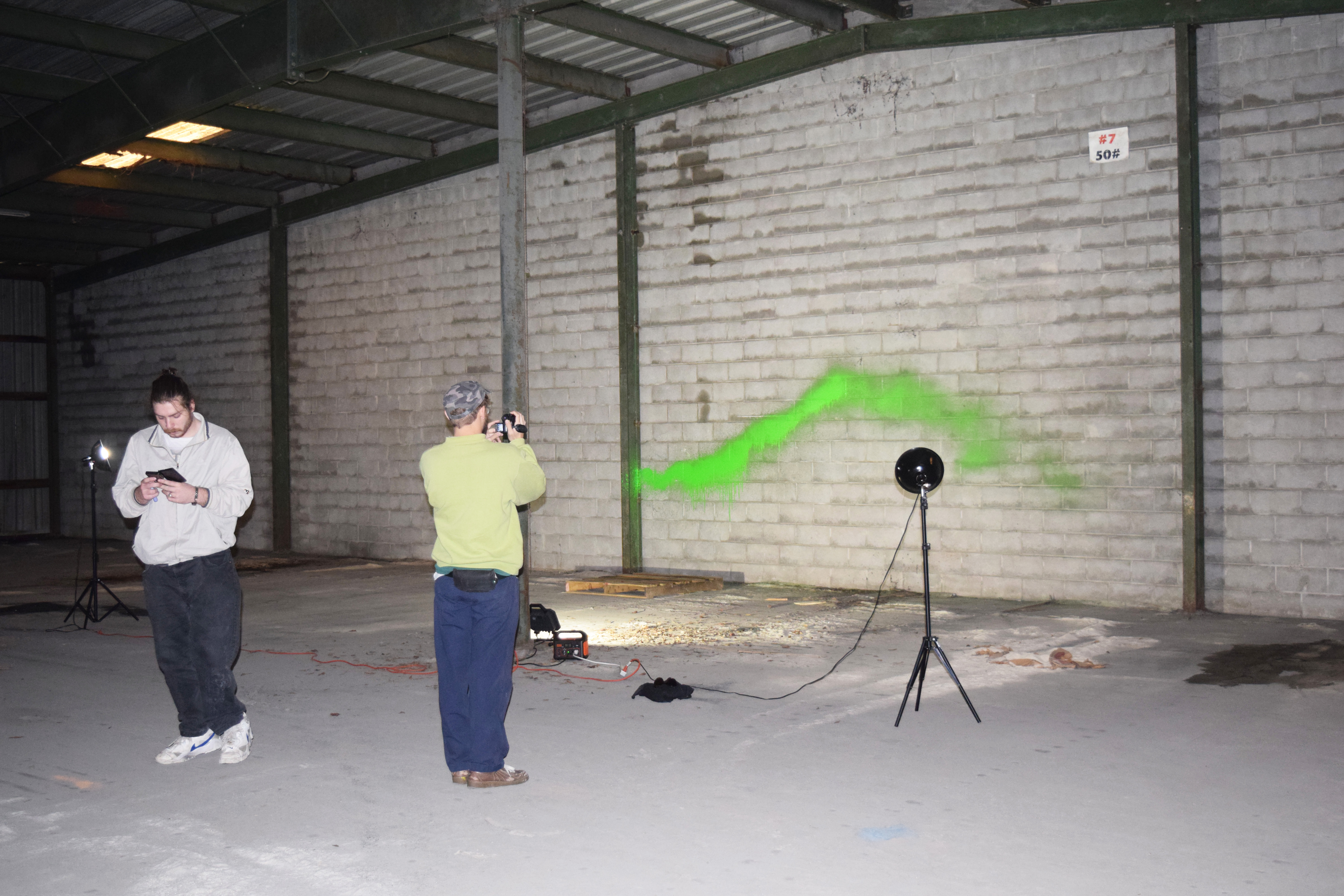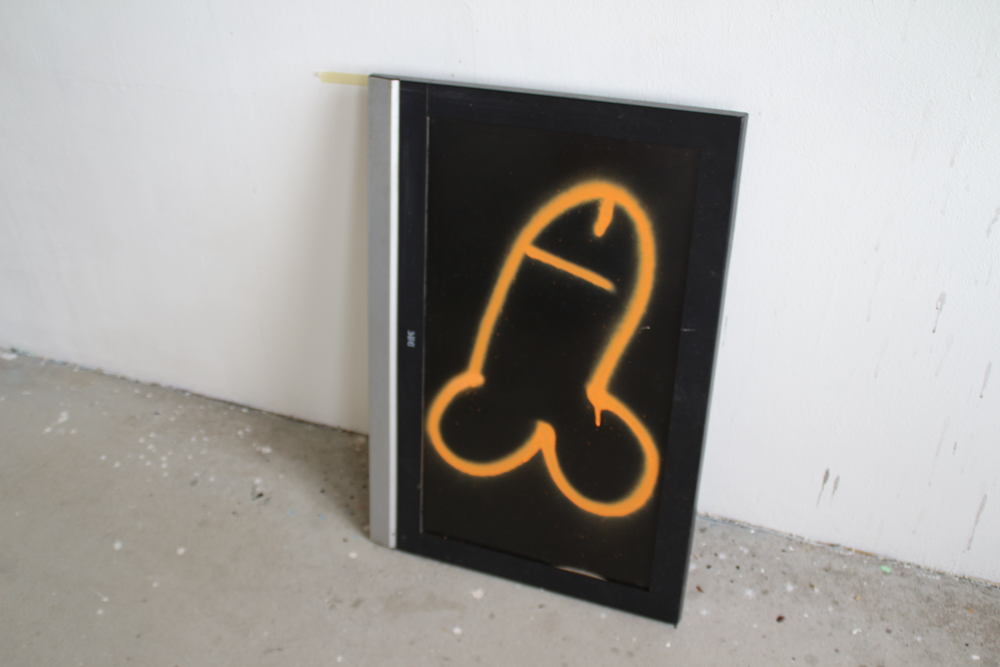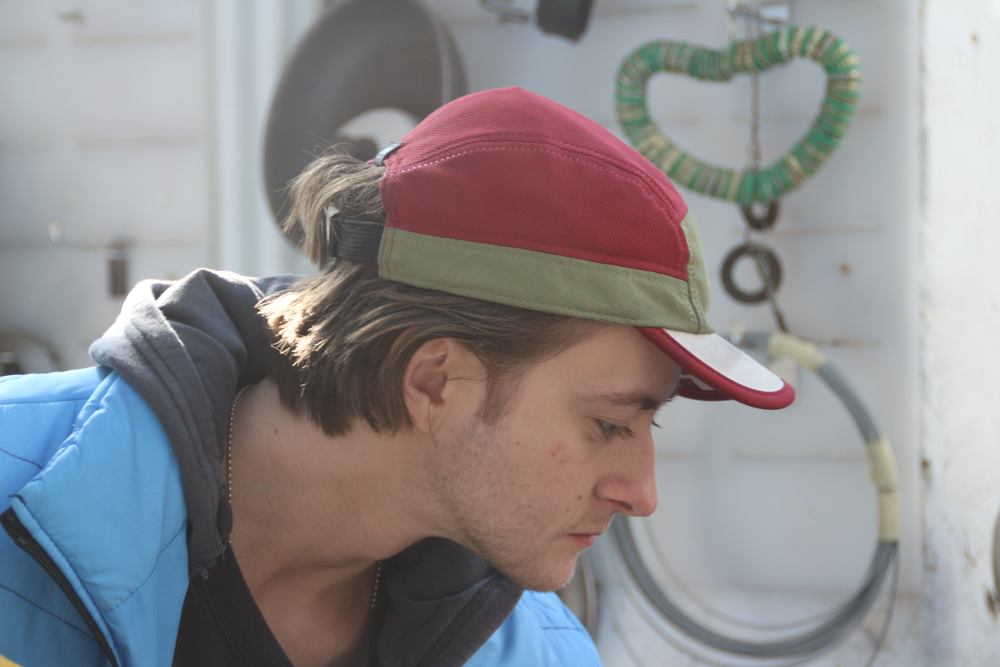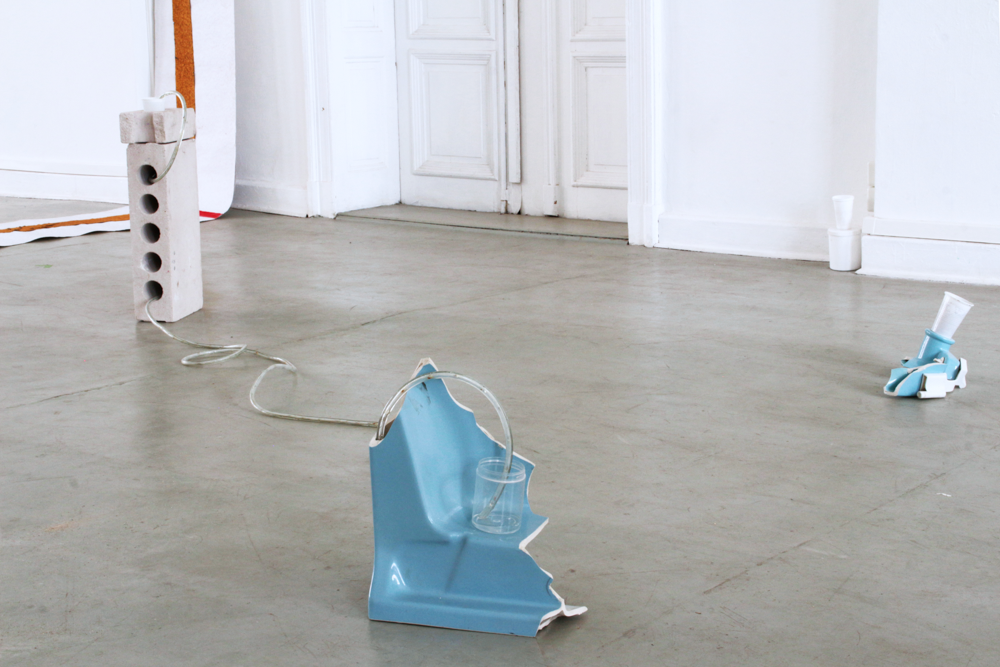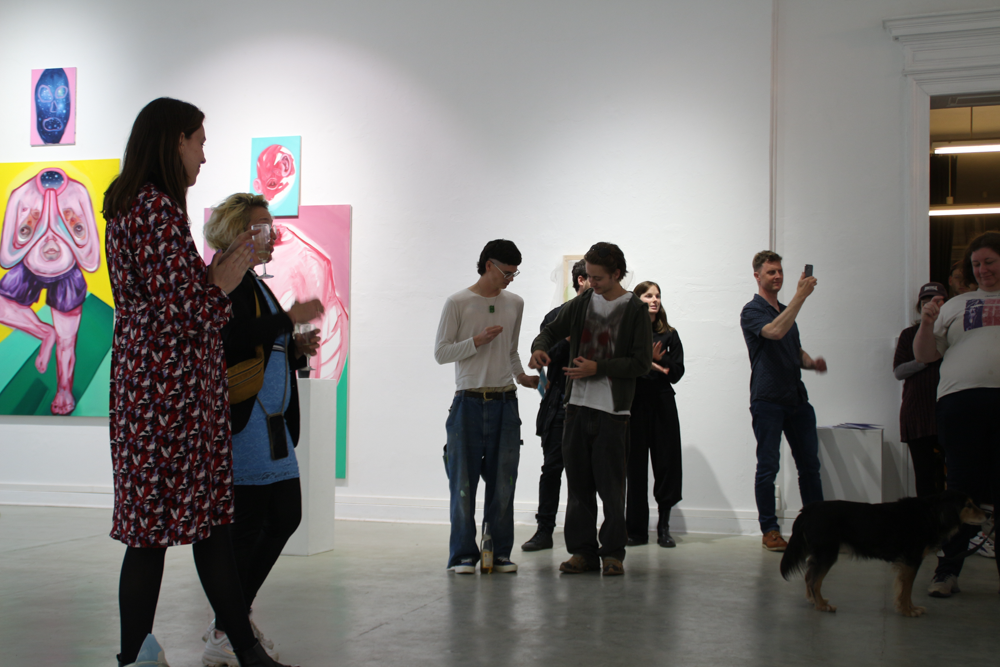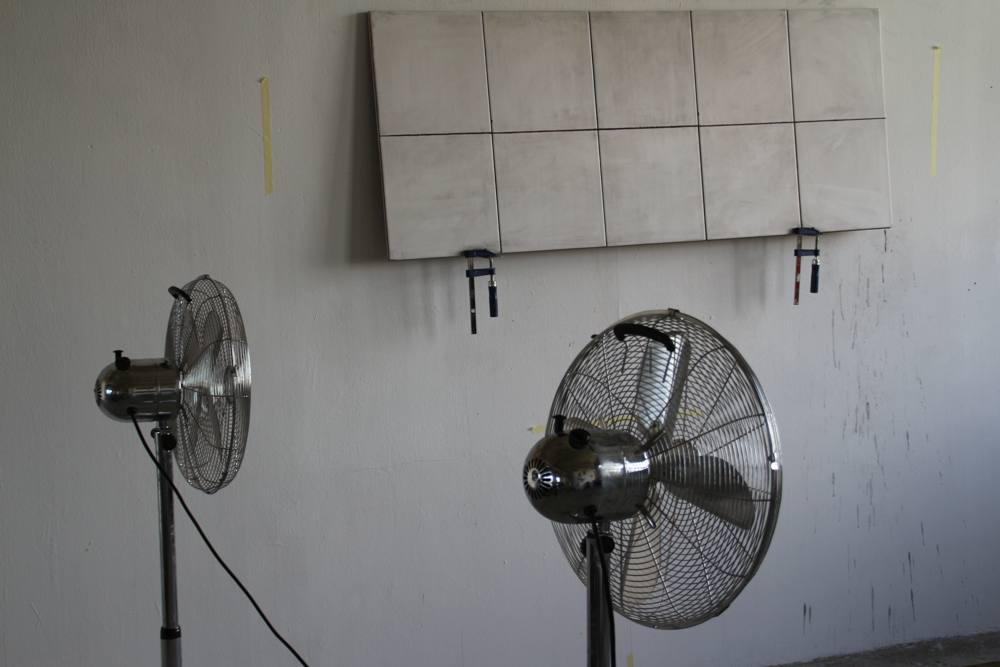In his transdisciplinary approach, Brennan Wojtyla employs a diverse range of concepts to strip urban and industrial artifacts of their original context. Throughout his work, he transforms found objects, spaces, and practices, elevating them from banalities to formalized art objects, digital abstractions, and back again. By imbuing them with new meanings, he challenges the boundaries of the fine arts world, as well as those of cities and their inhabitants. His methods are as varied as the objects themselves, encompassing techniques such as spray-painting, digital tools and archiving. All are underpinned by a unifying conceptual framework.
Originally hailing from Jacksonville, Florida, Wojtyla’s artistic practice has been profoundly shaped by the industrial backdrop of his hometown. After completing elementary and high school in the sphere of the arts, he began distancing himself from that same world, immersing himself in a post-industrial city marked by vacancy. As he claimed and renovated his own studio space in abandoned places, he moved away from the classicism. The onset of the COVID-19 crisis propelled him back into the realm of fine arts, although he continued to scrutinize its fundamental mechanisms. Now based in Europe, he maintains his conceptual pillar of the “Cathedral of Labor” as a guiding principle, albeit within a different context.
Wojtyla and the “Cathedral of Labor”
Central to Wojtyla’s work is his overarching concept of the “Cathedral of Labor”. This series of principles revolves around ritualizing manual labor to transform objects through their contextualization. These processes can be seen as a complete practice in themselves, an approach Wojtyla continues to embrace. In his immediate environment, he scours for artifacts related to industrial forms, processes, and urban living. These artifacts, whether objects, places, or practices, represent mundane elements of everyday urban life. He strips these materials of their original context in an almost-religious manner through meticulous manual labor and carefully orchestrated rituals.
Wojtyla’s versatile practice is well illustrated with his work titled Found Space – a site-specific installation, demonstrating his extensive repertoire of techniques and materials. In this project, he ventures into an abandoned bathroom, meticulously executing his rituals: cleaning, scrubbing, relocating certain elements to a museum, and even digitally recreating the entire room. Through this process, the forgotten room undergoes a transformative journey. While an art visitor may only witness a fragment of the story, such as a recreated wall made from the room’s original tiles displayed in an art space, it is through documentation that the entirety of Wojtyla’s practice becomes apparent.
images by PILOTENKUECHE or supplied by artist
This shows that what Brennan presents within the confines of a white cube is only one step in his creative process. In that specific time and space, a mundane object is presented as an artwork. However, through his intricate process, that object has experienced numerous contextual shifts. Once utilitarian objects, such as an old sink or bathroom tiles, have been ritualized, displayed in museums, archived, digitized, and so forth. All of these steps constitute a comprehensive and well-documented practice, integral to his artistic approach.
A well documented process by Wojtyla
Documentation is indeed not a trivial matter for him. His processes seem to draw inspiration from industrial workflows. Even the simplest-looking ideas are meticulously planned out and painstakingly documented down to the finest detail. As he demonstrates his inventory of works and showcases the exact form and precision of his “single-line” paintings, the totality of Wojtyla’s approach becomes evident. As he himself explains, his single-line paintings draw inspiration from the notions of efficiency and systems, utilizing a single line to cover a significant surface area, often replicating marks found in urban environments.
By incorporating elements of vandalism, Wojtyla seeks to blur the boundaries between art and society, questioning the very nature of art itself. This skepticism towards formalized art is also reflected when he tells about his aversion for the word “street art,” which he prefers to replace with “vandalism” as a broader, more encompassing and inclusive term. In pushing the boundaries of artistic context and challenging the established norms, Brennan Wojtyla invites us to reconsider the mundane, to question the very essence of art, and to explore the transformative power hidden within the everyday artifacts of our urban landscapes.
written by Anton Driesen
Want to know more about PK International resident Brennan Wojtyla? Stay up to date with his instagram and/ or website
TRANSDISCIPLINARY CHURCH
Vernissage 20 May 7-10 PM
Performance 8PM
Alte Handelsschule
Giesserstr 75
04229 Leipzig
Open Sun 21, Sat 27, Sun 28 May 4-8PM
cotidianidad freedom
Vernissage 17 June 7-10 PM
Open Sun 18 – Wed 21 June 4-8 PM
PILOTENKUECHE
Franz-Flemming-Str 9
04179 Leipzig

